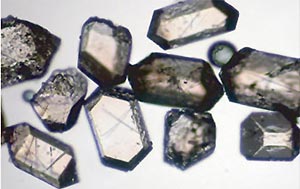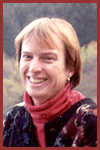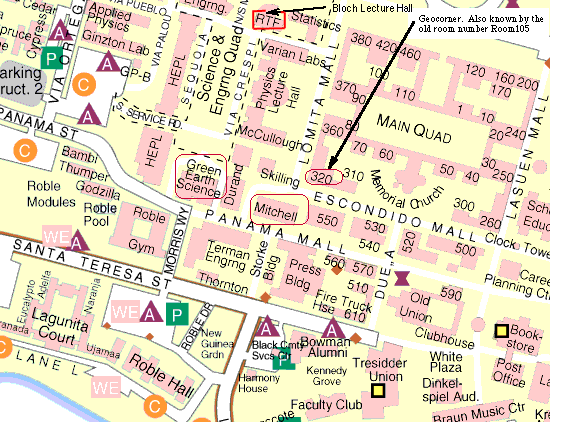
Location: Stanford University
see Map showing Mitchell and GeoCorner Room 320
This will be the 377th meeting since 1954

My primary research interest is to understand processes of lithospheric deformation, both on the continents and in the oceans. The majority of this research to date has focused on processes of lithospheric extension, using geologic field projects (both continent and marine-based) with petrologic, geochemical, sedimentologic, microstructural and geophysical studies, to constrain the nature of extension processes (both magmatic and structural). This integrated approach typically includes geochronologic and thermochronologic studies that allow determination of the absolute age of events, rates of geologic/tectonic processes, and the space-time distribution of deformation and/or magmatism. The aim of my approach is use well-placed field studies as natural examples of structural and petrologic processes.
My previous and ongoing research can be divided into three general areas, including deformation of the continental lithosphere, deformation of oceanic lithosphere, and magmatism and deformation.
Deformation of the continental lithosphere - Controversy still surrounds the processes that form metamorphic core complexes and low-angle normal ('detachment') fault systems in both continental and oceanic settings. Specifically, questions remain regarding the angle(s) at which such faults originate and slip, the capacity of such faults to generate significant earthquakes, characteristics of the transition from plastic to 'brittle' deformation along the faults, the extent to which such faults and their footwalls are deformed by isostatic forces, and the mechanics of any such isostatically driven deformation.
My research on the extensional deformation of continental lithosphere has concentrated on the following: geometry and evolution of large magnitude extensional fault systems; the role of plutonism in extreme crustal extension; the temporal and geochemical evolution of magmatism associated with large-scale crustal extension in the southern Basin and Range; structural and sedimentary history of hanging wall basins to major low-angle normal faults; and constraints on the development of natural fault-related folds in an extensional environment. These projects have been focused in the southern North America Cordillera, with lesser time in Greece, Turkey, and Egypt (Zabargad). In each case, I have tried to concentrate on the timing and rates of the processes involved.

Bobbie John
Reservations: The preferred way to make reservations is simply to email Janice Sellers at janicemsj@gmail.com by January 6, tell her you will attend, commit to pay, and bring your payment to the meeting. Janice always emails a confirmation; if you don't get one, assume email crashed yet again and email her a second time. A check made to "PGS" is preferred, payable at the meeting.
If you want to pay in advance:
Stanford faculty and students: Please make dinner reservations by January 6. Contact Dr. Elizabeth Miller via her mailbox (and leave check), Geological and Environmental Sciences Office, Geocorner - Bldg. 320 (Rm. 205). Make checks out to "PGS."
All others, including faculty and students from other Bay Area universities and colleges and USGS: Please make dinner reservations by January 6. Contact Janice Sellers, at 1066 28th Street, Oakland, CA 94608-4547, (510) 268-8254 . Send check made out to "PGS" to Janice.
Dinner is $30.00. Includes wine (5:30 to 6:15 PM.) and dinner (6:15-7:30 PM.).
For students from all universities and colleges, the dinner, including the social 3/4-hour, is $5.00 and is partially subsidized thanks to the School of Earth Sciences, Stanford University (Note, no-show reservations owe the full price).
Doris, whose wonderful crew prepares our meals, asked that we let you know that people who are late RSVP'ing and people who show up without a reservation will be welcome but that they will be eating on paper plates with plastic utensils (food supply permitting).
Dues for Academic Year 2005-2006 ($10.00) should be sent to Janice Sellers, 1066 28th Street, Oakland, CA 94608-4547. Janice's phone: (510) 268-8254.
Officers: Ray Wells, President; Dwight Harbaugh and Elizabeth Miller, Co-Vice Presidents; Mike Diggles, Secretary; Janice Sellers, Treasurer; Bob Coleman, Field-Trip Czar

Date created: December 15, 2005
Last modified: December 15, 2005
Created by: Mike Diggles, Vice President, PGS.